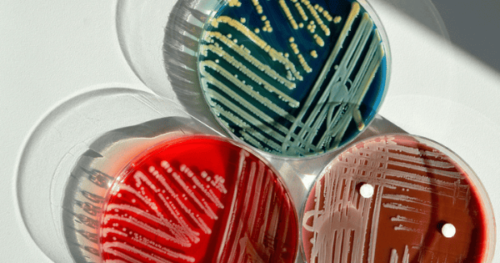In today’s health-conscious environment, the need for respiratory protection cannot be emphasised. Respirators are crucial equipment that protect the respiratory system from hazardous airborne particles, gases, and vapours. Understanding how respirators function and their advantages is critical, whether you work in healthcare, an industrial setting, or simply wish to protect yourself from pollution. In this detailed overview, we will look at the many types of respirators, their uses, and how they protect you.
Understanding Respirators
A respirator is a device worn over the mouth and nose to filter out harmful substances from the air. Unlike simple face masks, respirators are designed to provide a higher level of protection by creating a seal around the face and using advanced filtration technologies.
There are two primary types of respirators: air-purifying respirators (APRs) and supplied-air respirators (SARs).
- Air-Purifying Respirators (APRs): These respirators use filters or cartridges to remove contaminants from the air. Common types of APRs include:
- N95 Respirators: Known for their high efficiency in filtering out at least 95% of airborne particles, N95 respirators are widely used in healthcare settings and areas with high pollution levels.
- Half-Face and Full-Face Respirators: These offer more protection than N95 respirators by covering more of the face and using replaceable filters to remove a broader range of contaminants.
- Powered Air-Purifying Respirators (PAPRs): These use a battery-powered blower to pass air through a filter, providing a higher level of comfort and protection.
2. Supplied-Air Respirators (SARs): These provide clean air from a separate source, such as an air tank or a remote compressor. SARs are typically used in environments with high concentrations of hazardous substances where APRs may not offer sufficient protection.
Applications of Respirators
Respirators are used in a wide range of settings to ensure safety and health, including:
- Healthcare professionals wear respirators to protect themselves from infectious agents like viruses and germs. During pandemics, such as COVID-19, the use of N95 respirators proved critical in preventing viral transmission.
- Industrial Settings: Respirators are used to protect workers from dust, fumes, and toxic chemicals in sectors including construction, mining, and chemical manufacture. To provide optimal protection, full-face respirators and PAPRs are frequently employed in these conditions.
- Emergency Response: First responders, such as firemen and rescue personnel, use respirators to protect themselves from smoke, poisonous gases, and hazardous chemicals during emergencies.
- Everyday Use: In polluted places, respirators can assist people decrease their exposure to dangerous chemicals. This is especially crucial for those with respiratory illnesses like asthma or chronic obstructive pulmonary disease (COPD).
How Respirators Protect You
Respirators protect you by forming a barrier between your respiratory system and dangerous airborne particles. Here’s how they operate:
- Filtration: The filter or cartridge in the respirator traps particles, gases, and vapors, preventing them from being inhaled. The efficiency of the filter depends on its design and the type of contaminants it is designed to remove.
- Seal: A proper seal around the face ensures that air does not leak in around the edges of the respirator. This is crucial for the respirator to function effectively, as any gaps can allow contaminants to bypass the filter.
- Fit: Ensuring a good fit is essential for the respirator to provide adequate protection. Respirator fit tests are often conducted in workplaces to ensure that the device fits the wearer’s face correctly.
Conclusion
Respirators are vital tools in protecting our health against a wide range of airborne hazards. Whether in healthcare, industrial settings, or everyday use, understanding how these devices work and their proper application is essential for maximising their effectiveness. For high-quality respirators and respiratory protection solutions, visit GVS Malaysia. Investing in the right respirator not only safeguards your health but also contributes to a safer and healthier environment for everyone.
Stay informed, stay protected, and ensure you have the right respirator for your needs.



